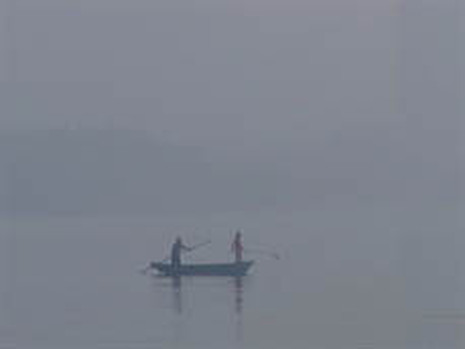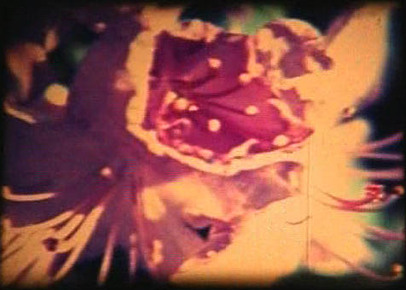
So far, the study of cinema has been overwhelmingly visual. Robert Robertson instead presents cinema as an audiovisual medium, based on Sergei Eisenstein's ideas on the montage of music, image and sound.
Cinema and the Audiovisual Imagination (I. B. Tauris, 2015) is based on courses Robertson has taught at the BFI, the University of Kent, and the Netherlands Academy of Film and Television, Amsterdam. In this book Robertson applies an audiovisual focus to films by directors such as Spike Lee, Maya Deren, David Lynch, Alfred Hitchcock, Stanley Kubrick, Fritz Lang, Luis Bunuel, Pier Paolo Pasolini, Werner Herzog, David Lean, and Sergei Eisenstein.
In addition, Eisenstein's concept of 'nonindifferent nature' is extended to films beyond the European tradition - by Satyajit Ray, Kaneto Shindo, Akira Kurosawa and Chris H. Lynn - and the audiovisual and landscape is explored in films by Dziga Vertov, Andrei Tarkovsky, Sergei Paradjanov, Bruce Conner, Jack Chambers, Derek Jarman and Alexander Sokurov.
Robertson also explores the audiovisual in avant-garde animation by John and James Whitney, Len Lye, Norman McLaren and in the film experiments of Busby Berkeley.
Recent developments in technology now enable practitioners to work extensively with music and sound on a level that is equal to the visual track. In this context Robertson examines the audiovisual creative process in his operas, in Empedocles, his music/film collaboration with the artist filmmaker Dennis Dracup, and in his own music/film Oserake and The River That Walks.
Cinema and the Audiovisual Imagination (I. B. Tauris, 2015) is based on courses Robertson has taught at the BFI, the University of Kent, and the Netherlands Academy of Film and Television, Amsterdam. In this book Robertson applies an audiovisual focus to films by directors such as Spike Lee, Maya Deren, David Lynch, Alfred Hitchcock, Stanley Kubrick, Fritz Lang, Luis Bunuel, Pier Paolo Pasolini, Werner Herzog, David Lean, and Sergei Eisenstein.
In addition, Eisenstein's concept of 'nonindifferent nature' is extended to films beyond the European tradition - by Satyajit Ray, Kaneto Shindo, Akira Kurosawa and Chris H. Lynn - and the audiovisual and landscape is explored in films by Dziga Vertov, Andrei Tarkovsky, Sergei Paradjanov, Bruce Conner, Jack Chambers, Derek Jarman and Alexander Sokurov.
Robertson also explores the audiovisual in avant-garde animation by John and James Whitney, Len Lye, Norman McLaren and in the film experiments of Busby Berkeley.
Recent developments in technology now enable practitioners to work extensively with music and sound on a level that is equal to the visual track. In this context Robertson examines the audiovisual creative process in his operas, in Empedocles, his music/film collaboration with the artist filmmaker Dennis Dracup, and in his own music/film Oserake and The River That Walks.
Dennis Dracup, from Empedocles, Act 2, Scene 1
______________________________________________________________________________________________________________________________________________
Robert Robertson (http://ocatilloaudiovisual.weebly.com) is a composer and filmmaker. He has an MFA in Film Production from the Mel Hoppenheim School of Cinema, Montreal, and a doctorate in Film Studies from King's College London, funded by the David Lean Foundation. He is the author of Eisenstein on the Audiovisual, winner of the Kraszna-Krausz Foundation's And/Or Award, and of Cinema and the Audiovisual Imagination (I.B. Tauris, 2015).
______________________________________________________________________________________________________________________________________________
Robert Robertson (http://ocatilloaudiovisual.weebly.com) is a composer and filmmaker. He has an MFA in Film Production from the Mel Hoppenheim School of Cinema, Montreal, and a doctorate in Film Studies from King's College London, funded by the David Lean Foundation. He is the author of Eisenstein on the Audiovisual, winner of the Kraszna-Krausz Foundation's And/Or Award, and of Cinema and the Audiovisual Imagination (I.B. Tauris, 2015).

